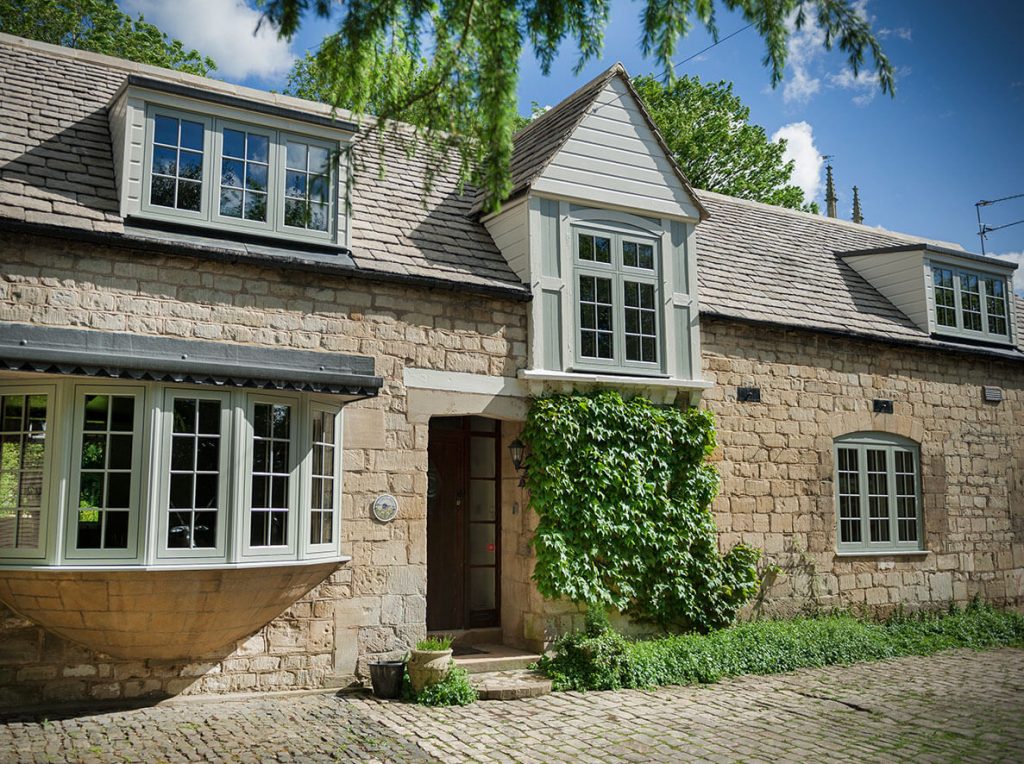Conservatories have maintained their status as a desirable addition to homes for centuries and have evolved a great deal along the way.
They rose in popularity during the Victorian and Edwardian eras, and their original appearance, often boasting decorative steep-pitched roofs and vast window panes, remains common today.
But houses have changed a great deal since Queen Victoria was on the throne and the Industrial Revolution was in full swing, with tiles replacing thatch, and brick veneer rising in popularity.
This has challenged homeowners who wish to integrate those traditional conservatory styles into their modern homes, with this blog aimed at giving them a helping hand.
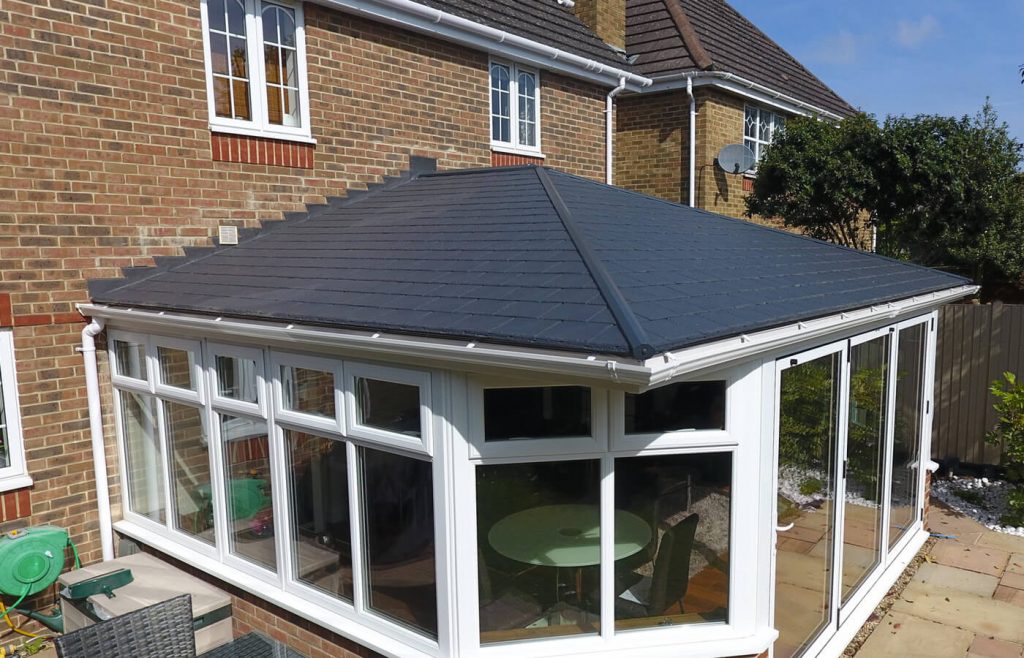
What are examples of traditional conservatory styles?
Victorian Conservatories
During the Victorian era, there was a great demand to bring the outdoors in, which the conservatories of the time achieved by using expansive glass walls and roofs, allowing natural light to flood the space.
Steep-pitched roofs effectively maximised the amount of sunlight that could enter the space and were often decorated with ornate detailing.
Victorian conservatories typically had three or five angled facets, which worked to increase floor area.
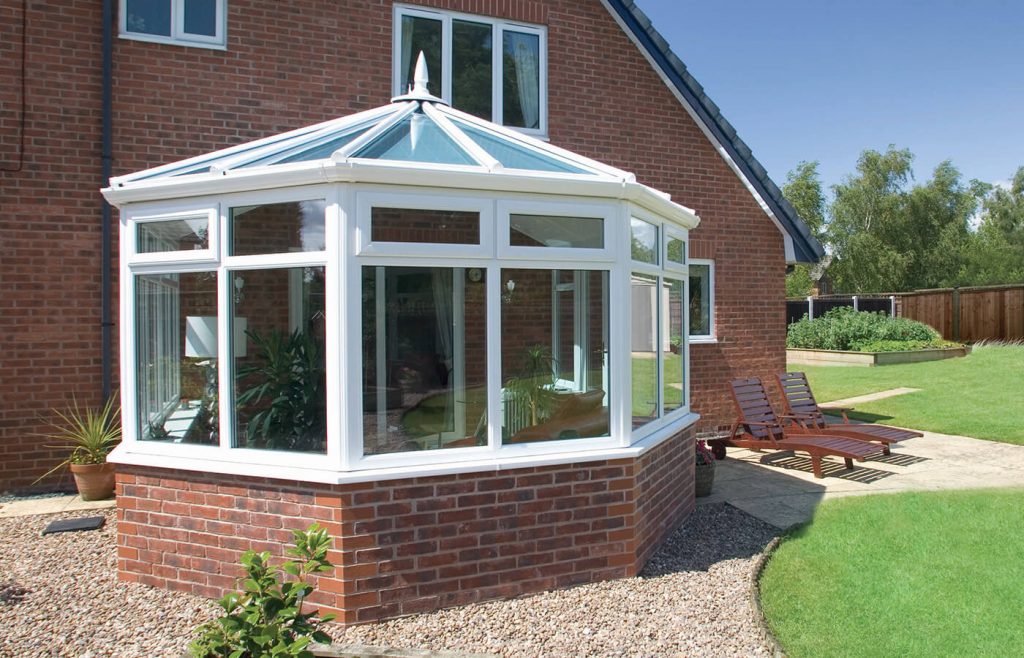
Edwardian Conservatories
Edwardian Conservatories, named after King Edward VII, offered a more streamlined appearance than their Victorian predecessors.
They were typically squared or rectangular, and the roofs were more understated than Victorian roofs, likely to be flatter or low-pitched.
At Poole Joinery, our fitters install industry-leading Victorian and Edwardian-style conservatories.
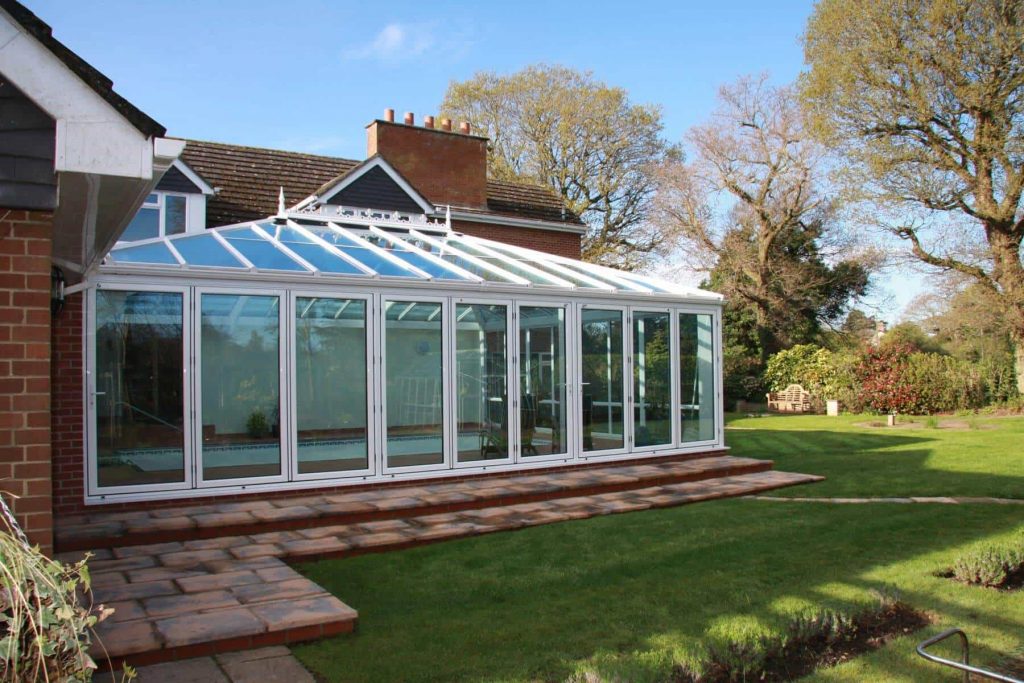
What materials were commonly used for traditional conservatories?
The primary materials used to build conservatories in the Victorian and Edwardian eras are no longer popular choices today.
Here’s a look at the first common options, and why they have failed to pass the test of time.
Woodwork Iron
Woodwork Iron was once a staple for Victorian conservatories, as it offered incredible strength and durability.
However, it’s rare to find in 2024, largely due to its lack of modern benefits which have seen materials like aluminium and uPVC take centre stage instead.
Woodwork iron is particularly susceptible to rust and often attracts heat, in turn creating an uncomfortably warm atmosphere.
Wood
Whilst the main structure was usually made from iron, wood was often incorporated for the conservatory’s basement, or low wall section.
However, much like the woodwork iron, this is not the most sustainable solution.
Whilst it looks appealing, it’s known to be incredibly high maintenance and susceptible to moisture, which is a concern for a lower segment of the conservatory.
How can I integrate traditional conservatory styles into a modern home?
Use modern materials
As referenced above, the materials traditionally used to build conservatories had their flaws, such as lack of durability or poor heat insulation.
As a result, modern alternatives have been perfectly crafted to combine traditional aesthetics with all the practical benefits of today’s world, making them a better fit for a contemporary home.
Aluminium: Aluminium is a great choice for a conservatory as it boasts the same sturdiness and strength as woodwork aluminium but is also durable. It also doesn’t require constant repainting and can be painted in a huge variety of colours.
uPVC: uPVC is an incredibly popular conservatory material for numerous reasons. The first of which is its affordability, as it’s generally the most cost-effective option. As well as saving money on the initial installation, you will also greatly reduce your energy and heating bills. This is because uPVC is an excellent regulator of heat, making your conservatory warmer and usable in the colder months, but also ensuring it doesn’t overheat in the summer.
Timber: Whilst timber has been used for conservatories for centuries, in recent times advancements in technology and our understanding of wood have led to it becoming a more viable option for the extension. Modern wood offers superior protection against rot, is more waterproof, sustainable, and in general a more robust option.
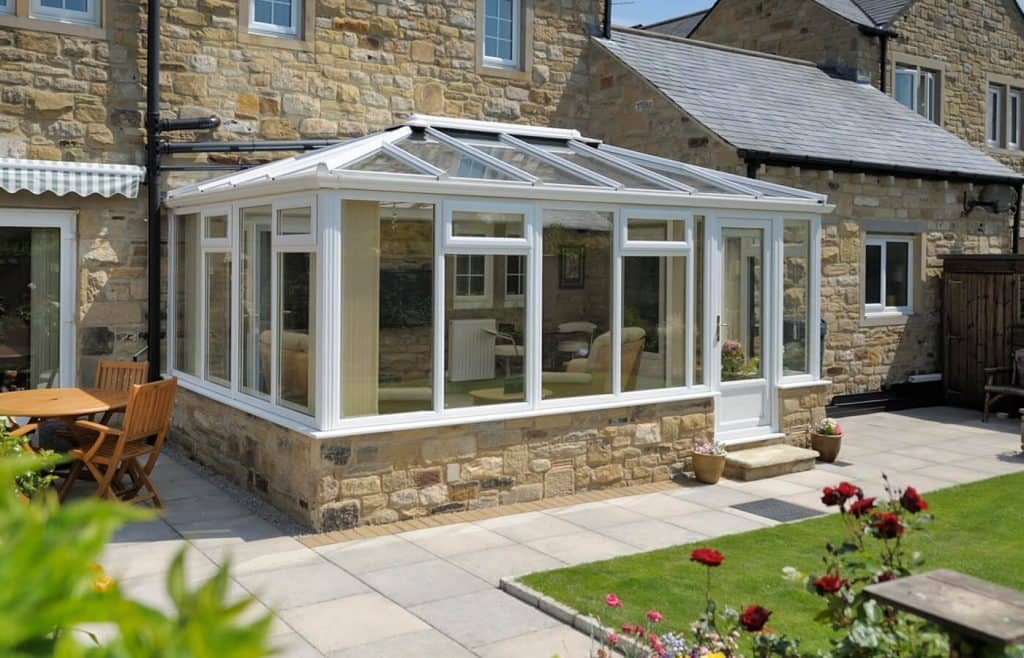
Choose the right colour
In 2024 you can get your conservatory finished in almost any colour imaginable.
Therefore, it’s much easier to choose a traditional conservatory style that complements a contemporary home.
A conservatory from Poole Joinery is no different. If something more minimalist is the perfect choice for you, we’ve got popular options such as white, cream, black, and sage green.
However, if you’re looking for something more natural and traditional, it’s worth exploring our oak range, including rosewood and Irish oak.
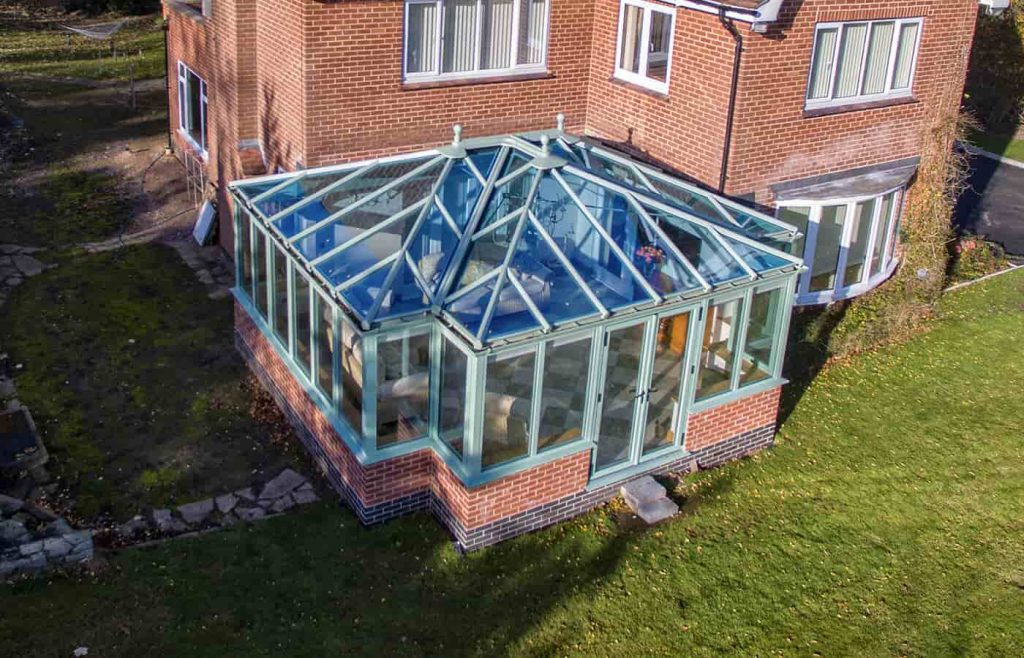
Consider the shape and layout
Considering the shape and layout of a new conservatory is one of the best ways to give it a traditional feel.
Victorian conservatories typically have a slightly angled roof, which contrasts with the completely flat ones often seen in modern conservatories.
Their layout typically consists of three or five angled facets, which provide a feeling of spaciousness as well as a classic look.
Although if you’re looking to blend a cleaner style with a traditional look, Edwardian conservatories are synonymously square or rectangular which can work well in a modern setting.
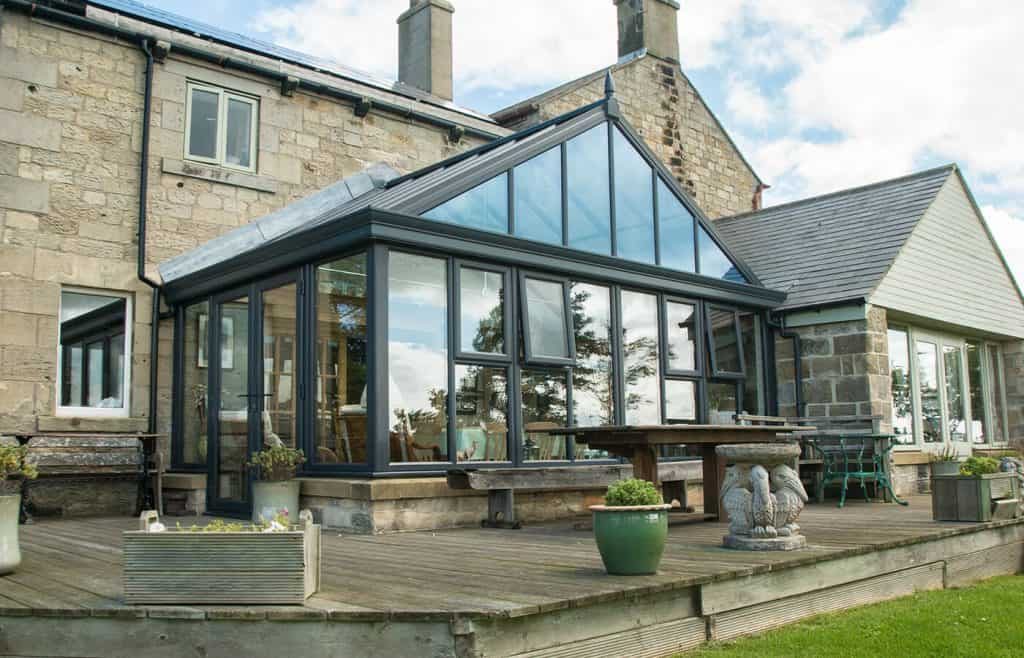
Conservatories from Poole Joinery
Our conservatories at Poole Joinery are essentially a high standard extension of the home that allows you to bring the outdoors in, with double glazing installed as standard.
Whether you’re looking for a high-standard kitchen extension, a new living room, a home office, a dining room, or you’d just like a place to relax without disruption, a conservatory can provide the solution for you.
Our options allow you to fit items like blinds, which can control the amount of light you allow in, and they come in various styles such as Victorian, Edwardian, Gable, Lean-To, T-shape, and P-shape.
They’re all available with either a glass or tiled roof, and the components are manufactured by Ultraframe, one of the UK’s leading conservatory manufacturers.
About Poole Joinery
At Poole Joinery, we’ve spent over two decades transforming properties across the Dorset area with our innovative home improvement solutions.
We’ve been family-run since we first opened our doors in 1994, and as well as conservatories we also offer top quality windows, doors, roofs, orangeries, and much more.
You can get a free no obligation quote here to take your interest a step further.
Alternatively, our customer service experts are always on hand to help at 01202 661299, or via office@poolejoinery.com.
We’re also always delighted to welcome visitors to our Poole showroom, which can be found at 188 Stanley Green Road.
